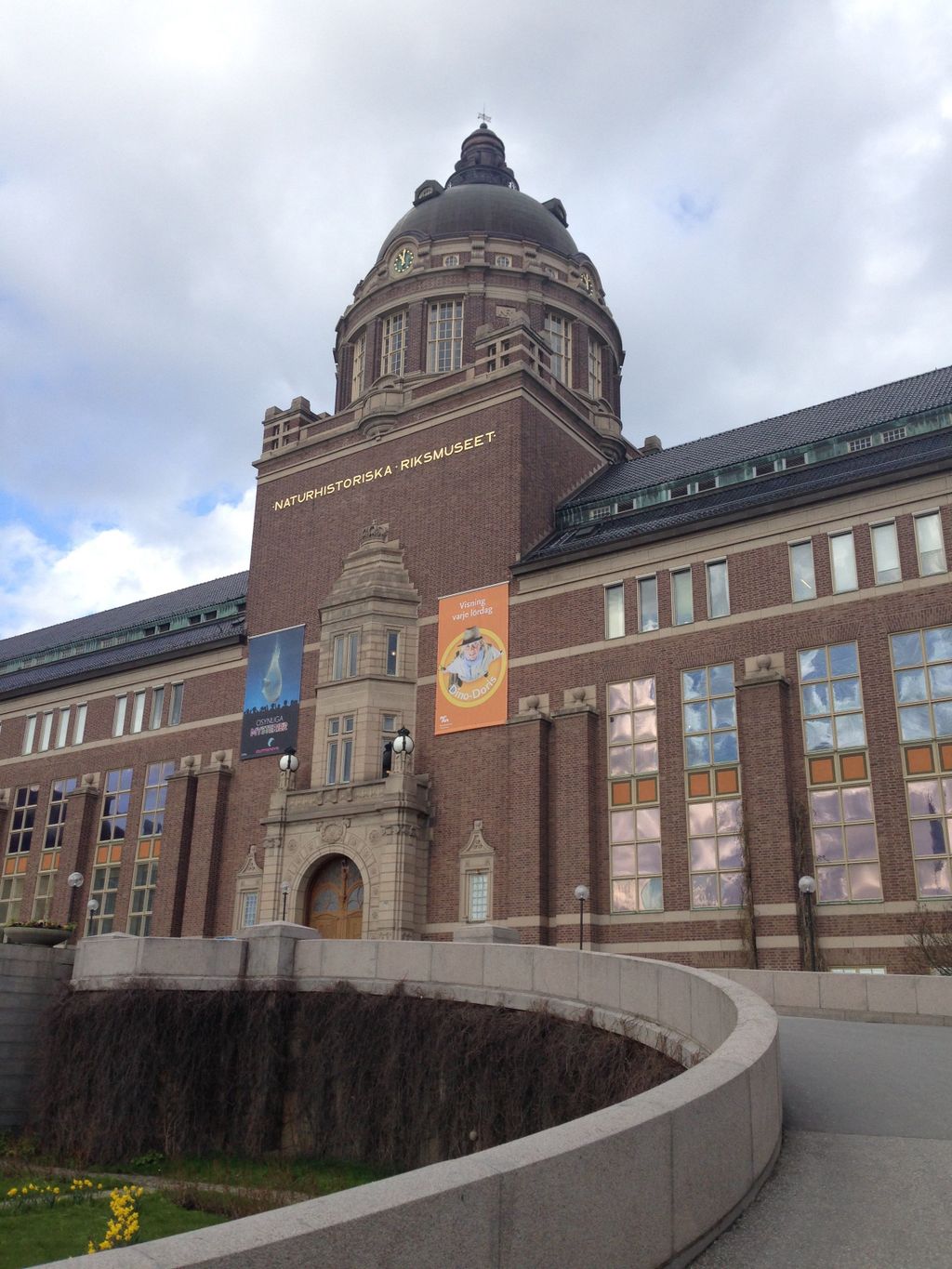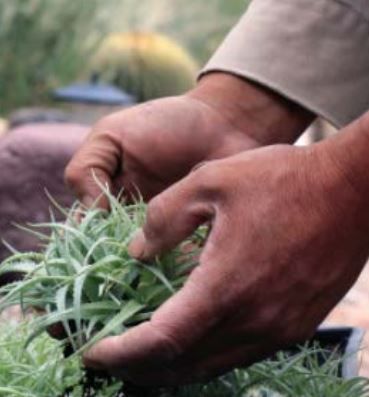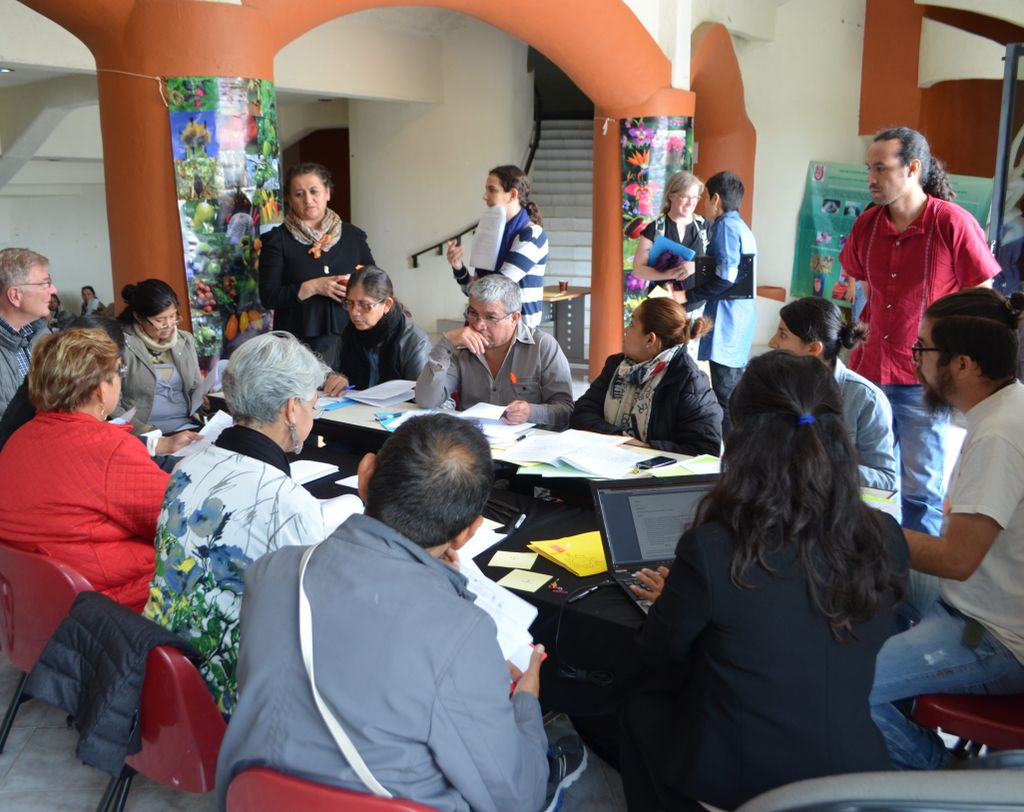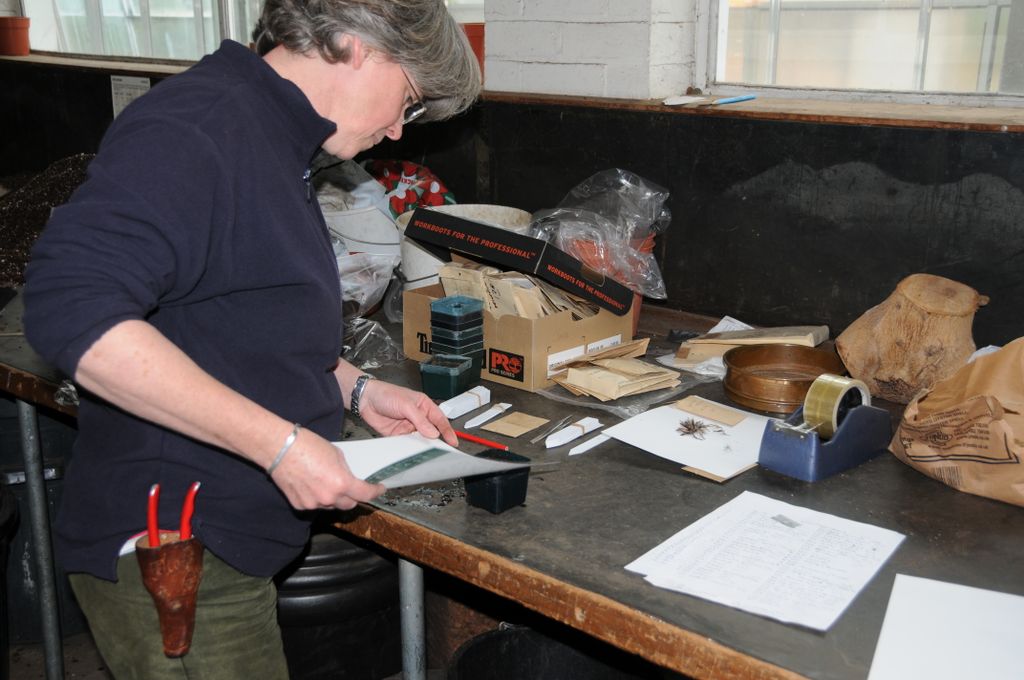Access & Benefit-Sharing at NRM, Sweden

-
Status of project
Completed -
Region
Global -
Country
Sweden -
Workstream
Sharing Knowledge and Resources -
Topic
Policy and Advocacy -
Type
Case Study
Reviewing ABS procedures and policies at the Swedish Museum of Natural History
Project: Completed 2017
Project Partners: Swedish Museum of Natural History
Example provided by: Kate Davis (Independent ABS consultant) and Lars Hedenäs (Swedish Museum of Natural History)
The Swedish Museum of Natural History (Naturhistoriska riksmuseet, NRM), as part of its actions for compliance with the Nagoya Protocol, EU Regulation 511/2014 and related Swedish legislation, initiated a major review in 2016-17 of its internal policies and procedures for the handling of genetic resources to ensure that the museum can meet requirements. NRM is a member of the Consortium of European Taxonomic Facilities (CETAF) and has endorsed the CETAF code of conduct and best practices; the review was also intended to assist NRM to implement those instruments.
Review process:
The process began internally with the recognition by the head and board of the Research Division that management of biological collections and research at NRM are affected by the new ABS international and national legislation. At that time, most of NRM’s staff were unaware of or had few insights into its potential effects on various activities at the museum. The next step was the contracting of an ABS expert to review the current practices for the museum’s collections and research activities in the areas affected by ABS legislation. The consultant visited the museum for several weeks to conduct in-depth and in situ interviews with heads of department, researchers, collections managers, database managers and the registrar, and reviewed existing policies, procedures, documents and agreements. She also met with representatives from the Swedish ABS competent national authority/checkpoint and ABS national focal point. She documented her observations and recommended actions for the museum and its departments. Later in 2016, working closely with the ABS working group (see below), the consultant prepared a new set of post-Nagoya exchange documents for NRM. These documents were developed using CETAF model MTAs as a basis but with adjustments for readability and practical use by NRM.
Project implementation:
The NRM established a cross-departmental working group, a timetable for project delivery was agreed, and steering- and working-group and project lead responsibilities and methods were determined. Maintaining two-way dialogue with collections and research staff and delivering its results to the project lead, the working group developed a range of procedures and templates for the various workflows identified, regarding acquisitions and accessions, outgoing and incoming loans, gifts and exchange of material, work at the molecular laboratory, visiting scientists, and what is required from NRM’s researchers. After delivery of the documents, most members of the project working group were transferred to a new cross-departmental ABS Group. Going forward, this group is responsible for tracking changes in the ABS regulations that may affect NRM and updating procedures and templates, and is participating in the development of ABS training and awareness-raising measures. The ABS Group will also serve as an advisory board for ABS questions.
Staff training:
A two-step process is being developed for staff training: a general session to build knowledge of ABS and its implications for NRM, and a workshop for those needing more in-depth knowledge, e.g. on where to find information within and outside NRM and which documents are required for different processes. The workshop will also include case studies for discussion. After these training sessions, ABS will be implemented as an integral part of the work at all relevant NRM departments; further workshops may be required for the needs of particular staff groups.
Data management:
Currently, the Botany department is able to trace every specimen from the point of accession (an accession may cover one or several specimens). All relevant documents can be connected with individual specimens via unique accession numbers in the Botany database (a FileMaker database developed internally), and each accession entry from 12 October 2014 onwards should have notes regarding ABS documentation such as permits and MTAs. ABS documents may be in digital form or there may be a reference to a physical document (held in the museum’s registry). Incoming specimens collected on or after 12 October 2014 are checked for ABS-related documents and, if entered into the database without connection to an accession entry, trigger a red warning message on the screen as a safety mechanism to remind collections users to check for restrictions on use and transfer.
NRM is part of the DINA project consortium developing an open-source web-based information management system for natural history data; DINA will eventually replace the several different departmental systems in current use. The consultant met with the DINA development team to discuss the ABS-relevant data fields necessary for compliance with the Nagoya Protocol and EU Regulation. DINA will enable a fully digital treatment of all documents to facilitate the workflow.
Documentation:
When ABS is fully implemented at the museum, NRM will use a range of post-Nagoya documents including: a letter for donation of material to NRM; a template letter to respond to donors of unsolicited gifts; an MTA for material transferred permanently to another institution; and an MTA for temporary transfer (for loans) .


